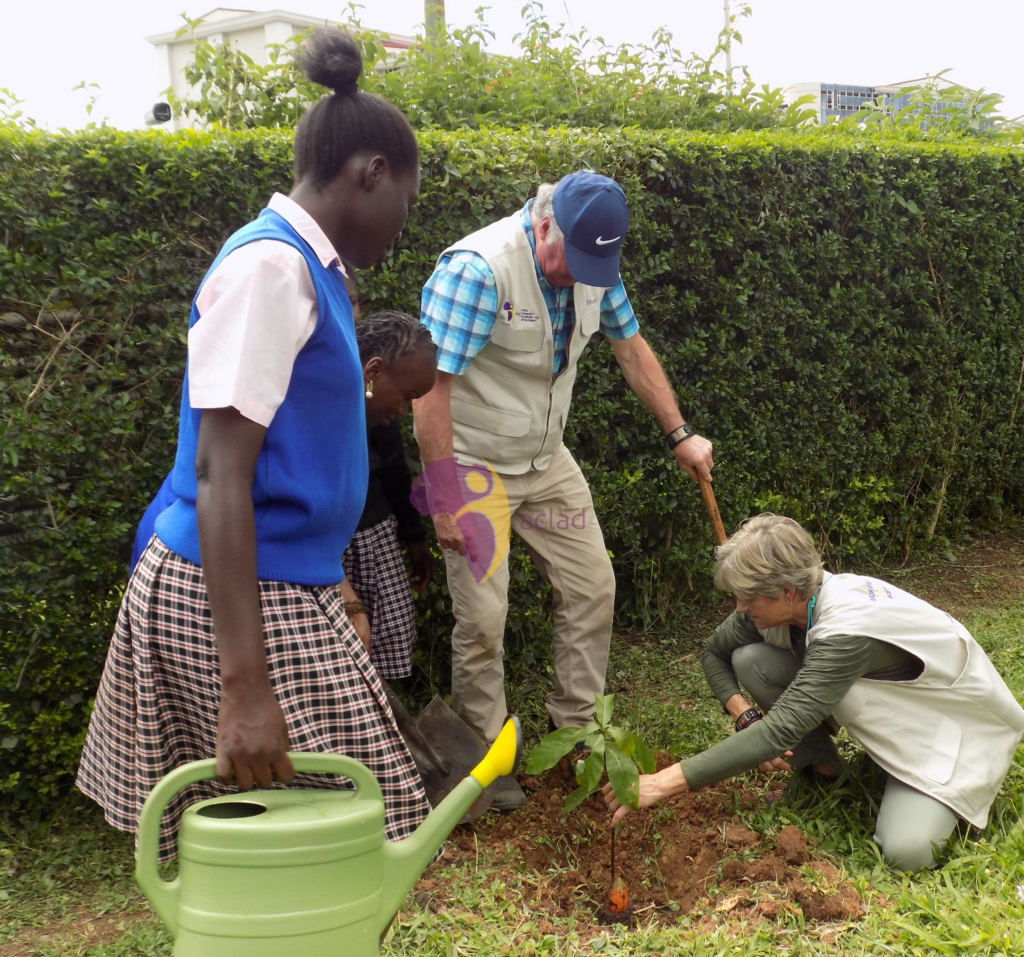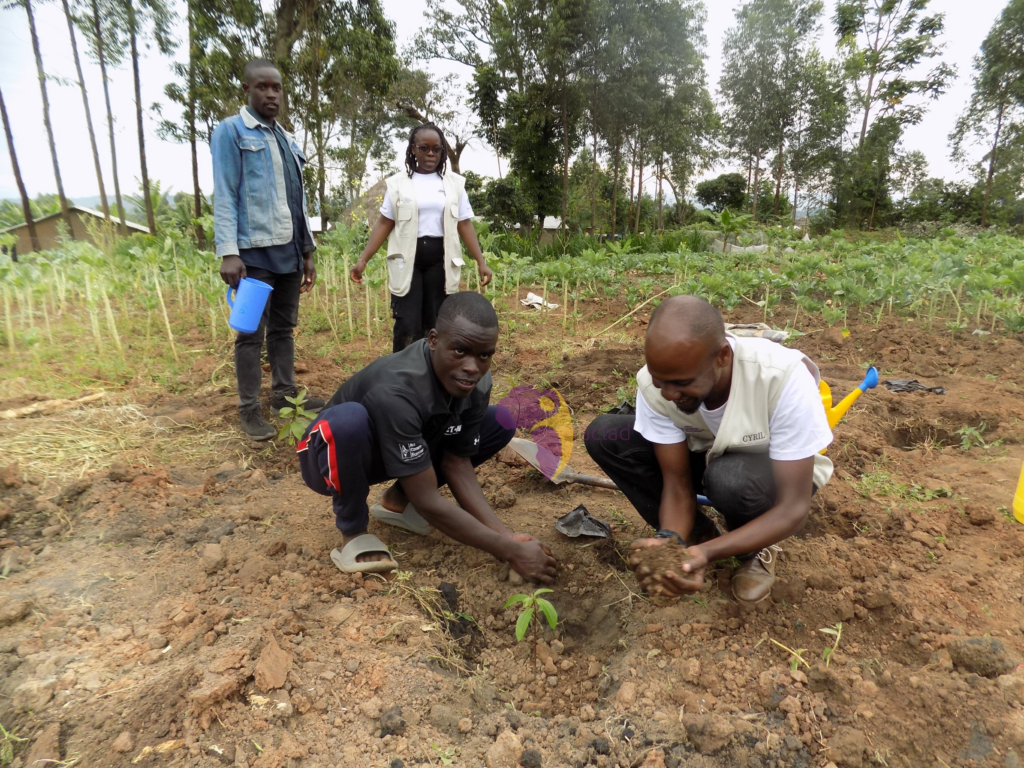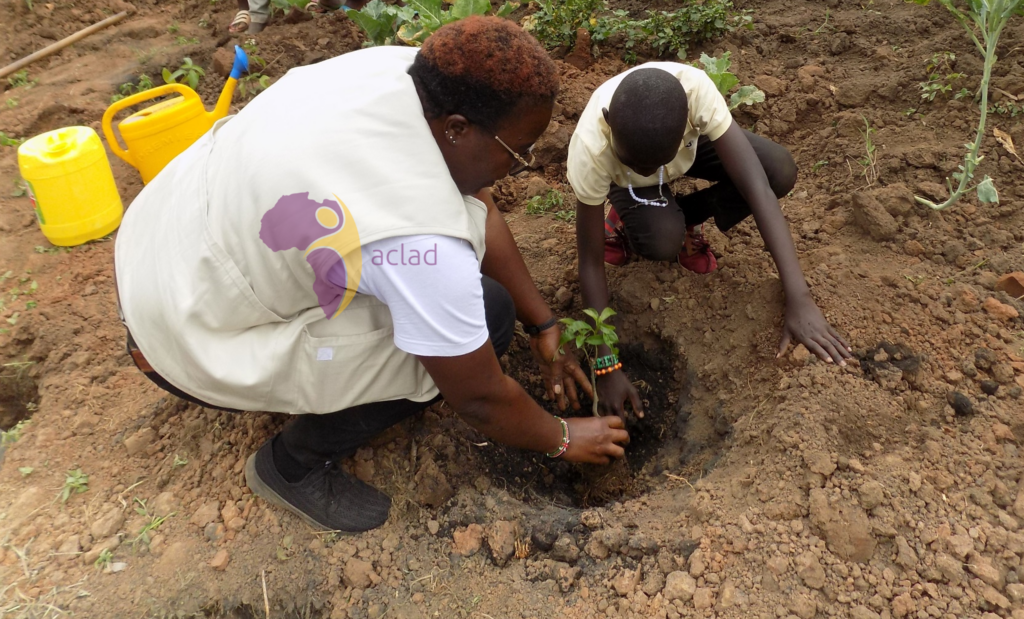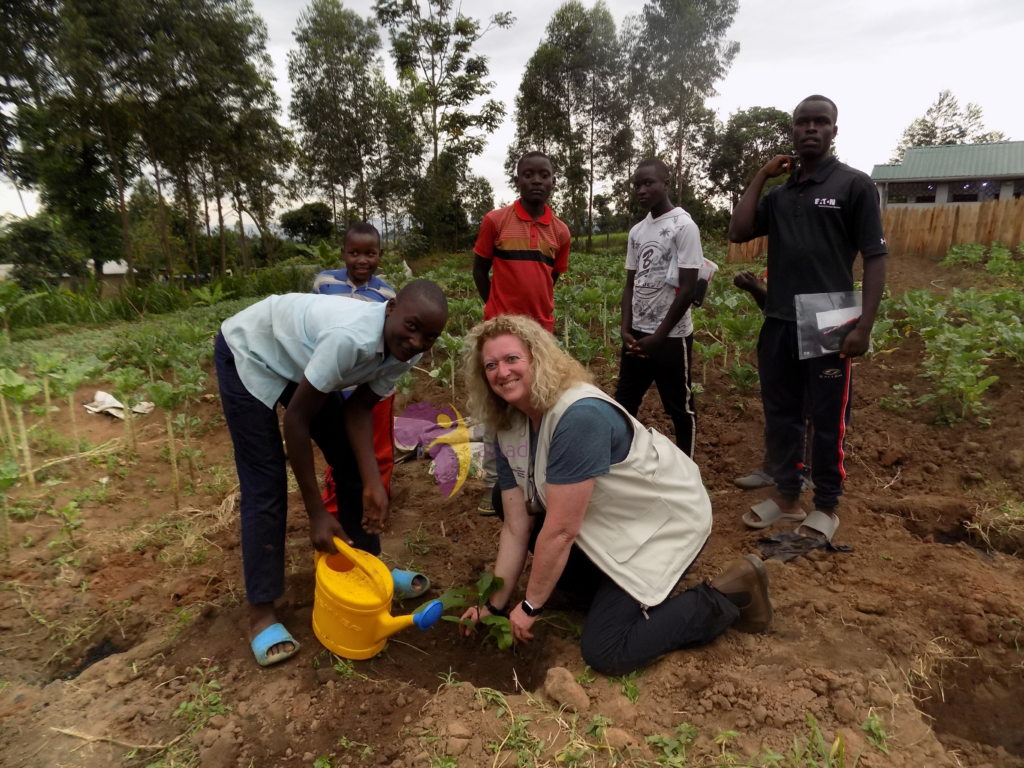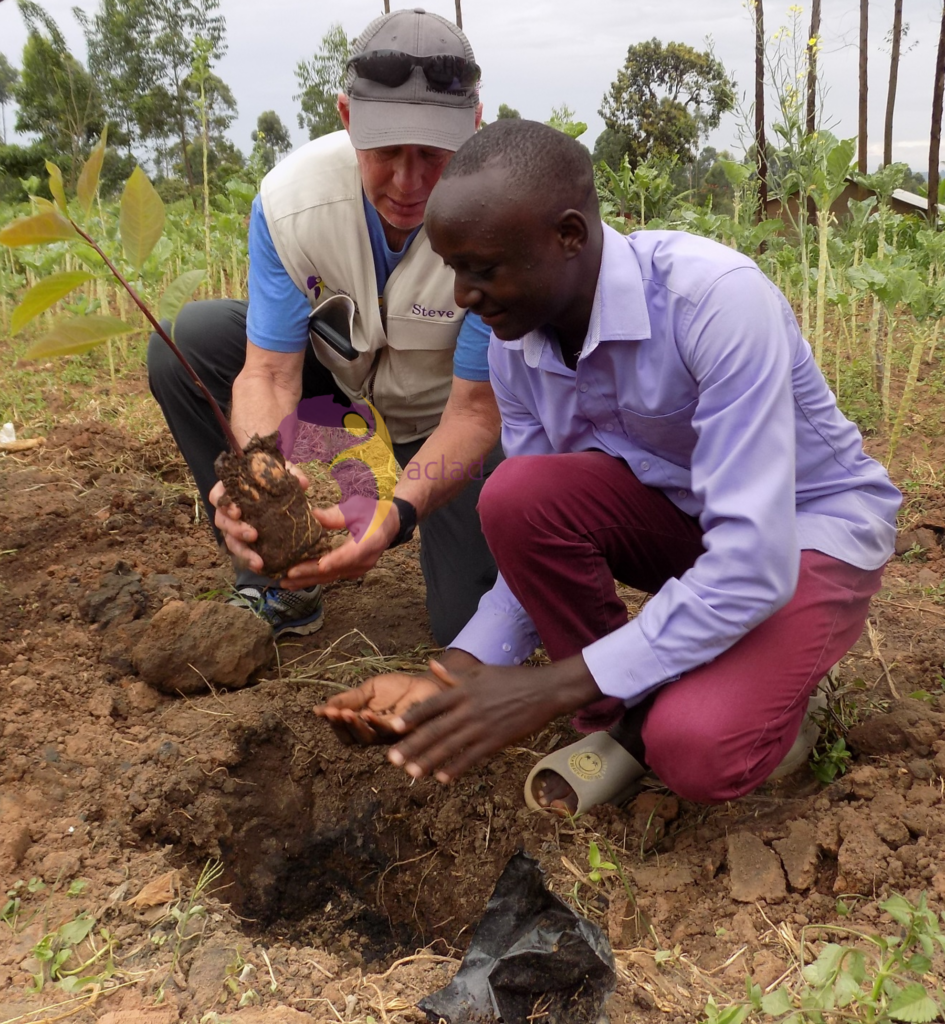Battling Climate Change in Kenya: Challenges, Stories, and Solutions
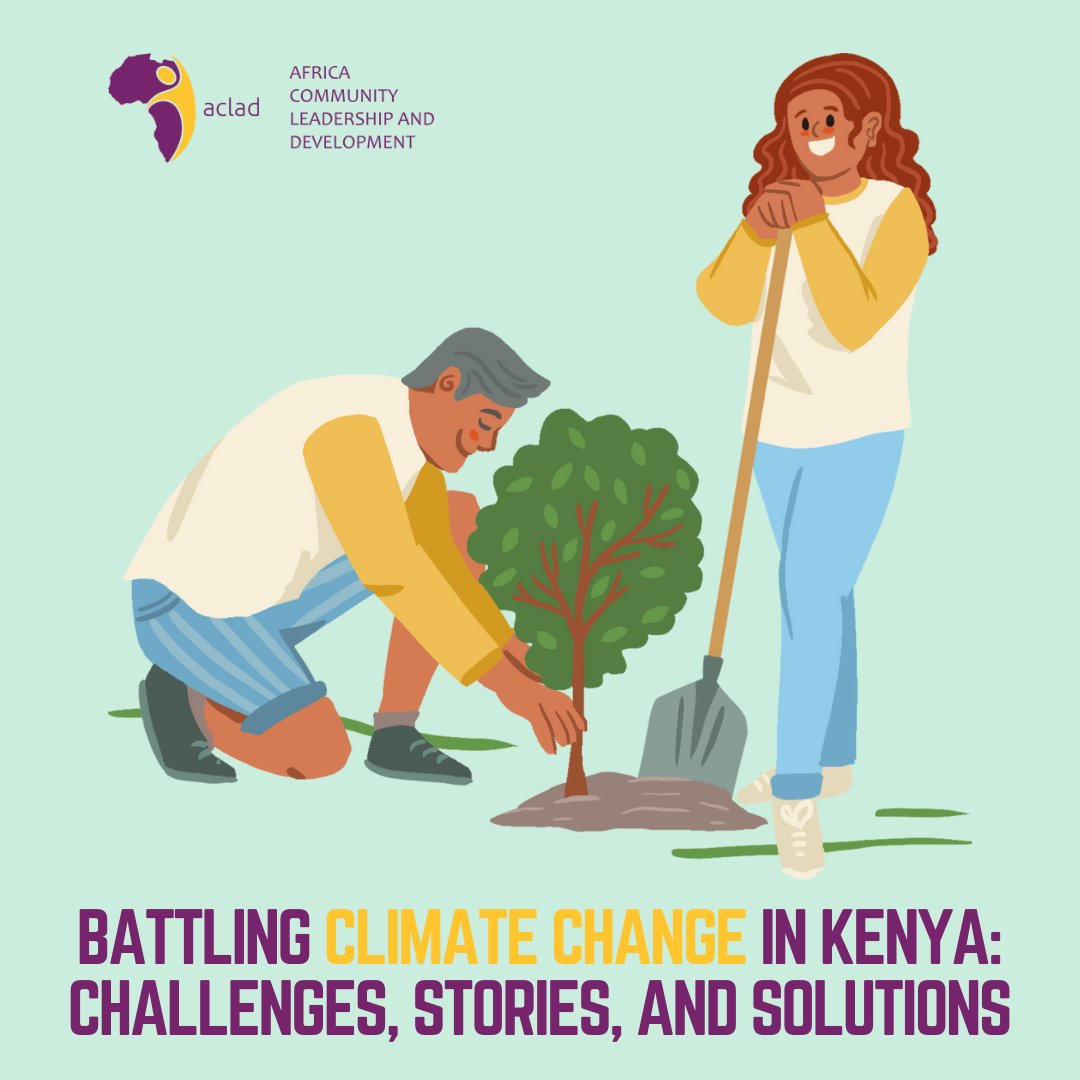
Imagine waking up to cracked, sun-scorched earth one year and torrential floods the next. For many Kenyans, this isn’t a distant possibility – it’s the reality we face today. Climate change isn’t just an abstract global issue; it’s impacting lives right here in our villages, cities, and fields. But amidst these challenges, there’s hope—and action.
Kenya, with its rich landscapes ranging from the savannas of the Maasai Mara to the coastlines of Mombasa, is no stranger to weather extremes. Yet, over the past few decades, these extremes have worsened. Farmers in arid and semi-arid regions—nearly 80% of the country—are grappling with prolonged droughts that have devastated crops and livestock. Communities dependent on the rains have found themselves questioning, Will it rain this year? Then when the rains finally come, they sometimes come with fury. Flash floods in places many places, even in Nairobi, not just in Budalangi displace families, destroy infrastructure, and even lead to waterborne diseases. Climate instability directly affects food production. A 2021 UN report highlighted that more than 3.5 million Kenyans faced acute food insecurity, much of it driven by erratic weather patterns.

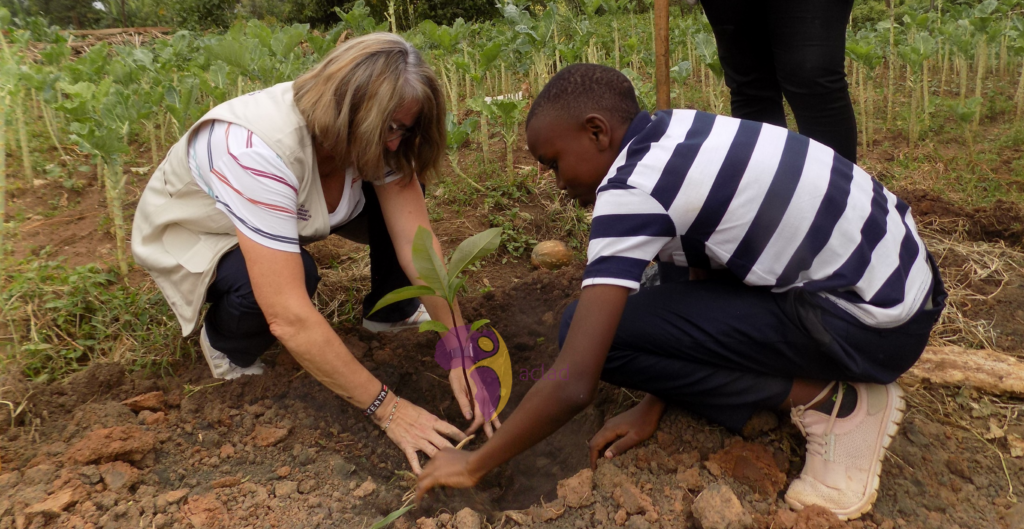

There is hope, however. Kenya isn’t sitting back. Our government has made strides through the National Climate Change Action Plan (NCCAP), a framework that charts a low-carbon, climate-resilient path for the nation. Some key highlights:
- Investing in Renewable Energy
Kenya is already a leader in clean energy, with 90% of electricity coming from renewables like geothermal, wind, and solar. Lake Turkana Wind Power Project is the largest in Africa and a game-changer for sustainable energy. - Afforestation Efforts
Kenya is on a mission to increase forest cover to at least 10% of the total land area. Initiatives like the Green Belt Movement, started by Nobel laureate Wangari Maathai, continue to inspire tree-planting drives nationwide. - Community Engagement
Through NCCAP, grassroots initiatives empower communities to adapt by building resilient farming systems, like drought-resistant crops and water conservation practices.
Kenya isn’t alone in this fight. International support, guided by the United Nations Framework Convention on Climate Change (UNFCCC), has been critical. The UN Green Climate Fund has supported projects in Kenya aimed at improving water management and sustainable farming. In addition, programs under the UN Environment Programme (UNEP) whose headquarters are in Nairobi continue to aid climate resilience efforts across the region. Still, as a nation, we’re advocating for more. Kenya contributes less than 0.1% of global emissions, yet we bear the brunt of climate impact.
It’s easy to feel powerless in the face of climate change, but every small action counts. Here’s how you can make a difference:
- Plant Trees: Join local afforestation projects or even start a mini-forest in your backyard. We at ACLAD recently engaged in tree planting where our projects run in Kakamega and Kilifi counties.
- Reduce Plastic Use: Plastic waste often ends up clogging rivers and drains, exacerbating floods.
- Save Water: Small habits like fixing leaks or using water-efficient fixtures matter.
- Advocate for Change: Push local leaders to prioritize climate-friendly policies and projects.
Together, We Can Make a Difference
Kenya’s climate challenges are enormous, but so is our determination. With innovative solutions, government commitment, and global partnerships, we can build a more resilient nation. And remember, the fight against climate change starts with each of us—one tree, one water-saving habit, one action at a time.
So, as you go about your day, think of what you can do for the planet. After all, we owe it not just to ourselves but to future generations of Kenyans to keep this beautiful land thriving.
Catherine Muteithia
ACLAD Communications and Research Operations Officer
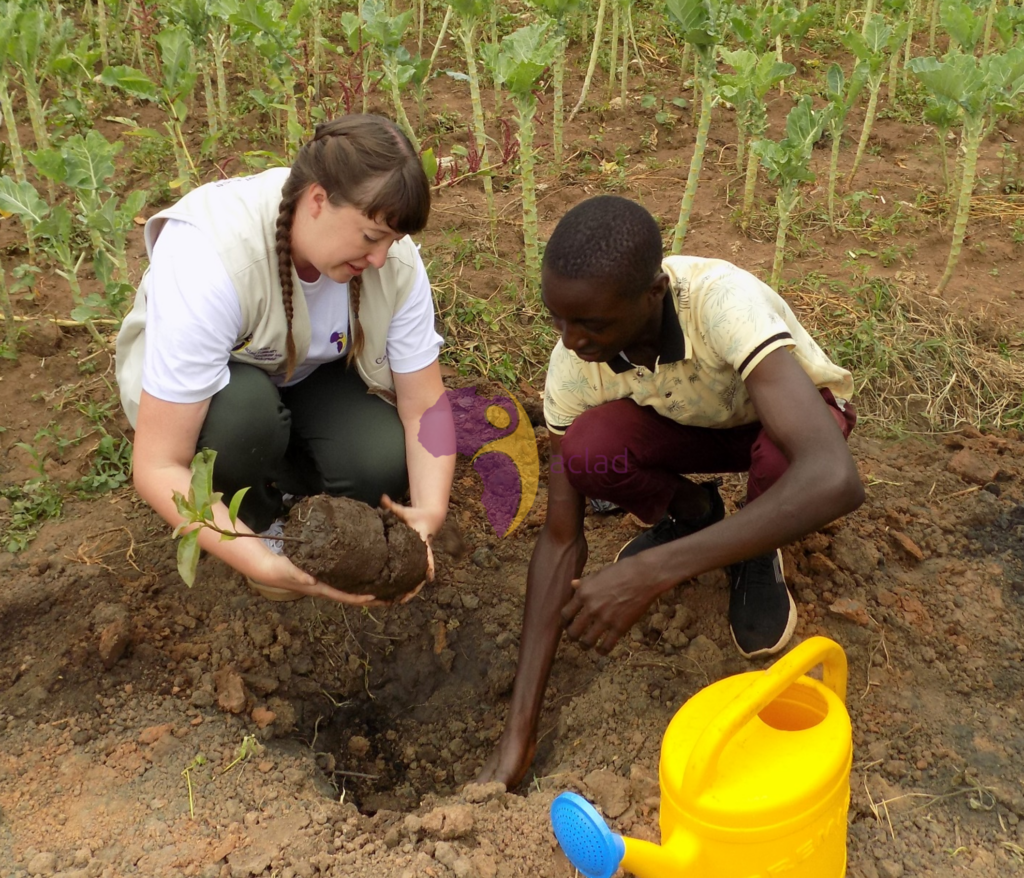
References
- Government of Kenya. (2020). National Climate Change Action Plan 2018–2022. Nairobi: Ministry of Environment and Forestry.
- United Nations Environment Programme. (2021). Adaptation Gap Report. Nairobi: UNEP.
- Food and Agriculture Organization. (2021). State of Food Security and Nutrition in the World. Rome: FAO.

